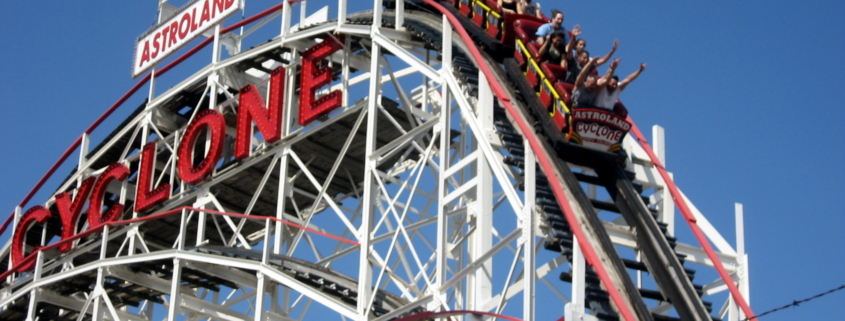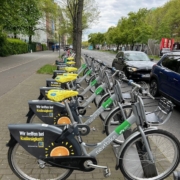Distinguishing between vacations and adventures
This summer many people took breaks from their regular routines, hoping to spend their time on a range of activities from relaxing vacations to thrilling adventures.
But for many individuals, their experiences did not match what they expected and they ended up frustrated and disappointed.
More than likely, part of the reason why this occurs is that many people fail to clearly define how they genuinely wish to spend their time off work or school, or do so with unrealistic notions of what those periods might entail.
When travelers fail to define their expectations, and plan for possible outcomes, they may encounter unnecessary frustration and disappointment. Instead of coming back from a vacation relaxed and refreshed, many people return home feeling physically and emotionally exhausted because of the unnecessary and unwarranted stress they encountered.
For some, the ideal vacation involves lounging on the beach, sipping favorite beverages, and enjoying the sun. However, without proper preparation, this seemingly idyllic scenario can quickly turn sour. Crowded beaches, persistent local vendors, and concerns about personal belongings can tarnish the experience.
Similarly, even in the pursuit of relaxation, unforeseen challenges like lost luggage, vehicle breakdowns, and stolen valuables can occur, turning a vacation into an unexpected adventure.
On the other hand, some individuals seek out adventure during their break from work or school. Engaging in challenging hikes, mountain climbing, surfing big waves, canoe trips to remote areas, white-water rafting, and scuba diving are examples of this thrill-seeking category. But even among these kinds of activities there can be significant times that are boring and predictable.
Then again, some people may desire a blend of relaxation and adventure. Planning for a combination of both, or allowing room for spontaneity, when unexpected opportunities arise, can lead to a more fulfilling vacation.
That’s why it’s important for travelers and adventurers to address certain assumptions they may have about the breaks they may take. It’s crucial to carefully think through these situations, based on their previous experiences, the wisdom of experts, their own personal preferences and goals, and the reality of the situation as it develops.
Vacationers and adventurers also need to consider what they truly desire from their time away and plan accordingly.
Undoubtedly determining the nature of a getaway is influenced by numerous factors such as available resources—like amount of time off, and discretionary income. Traveling with companions, whether family or friends, can also complicate decision-making due to differing objectives.
But once that is acknowledged, the hard work begins.
In conclusion, understanding the distinction between vacations and adventures is essential for planning a getaway that aligns with travelers and adventurers desires. By defining expectations, considering available resources, and staying open to both relaxation and exploration, people can craft a memorable and rewarding break from the routine of every day life.
Photo Credit:
Photographer: Wally Gobetz
Title: NYC – Brooklyn – Coney Island – The Cyclone












